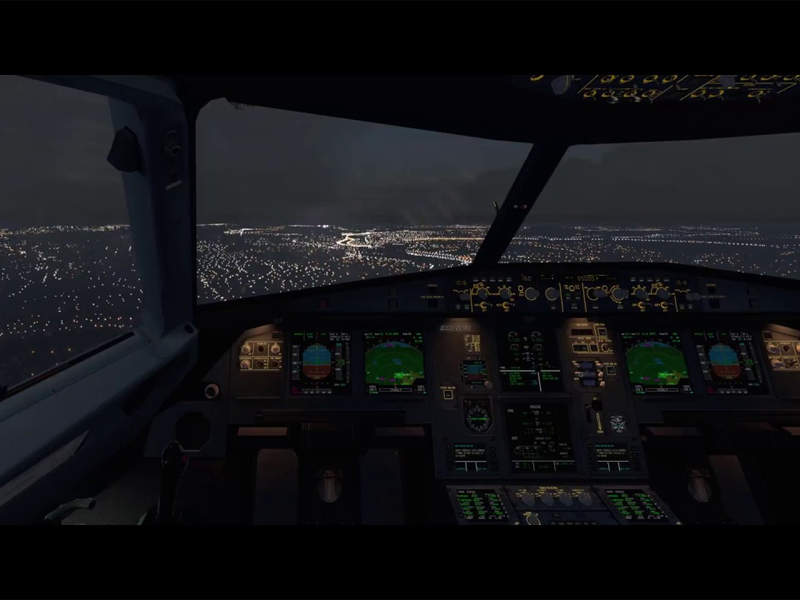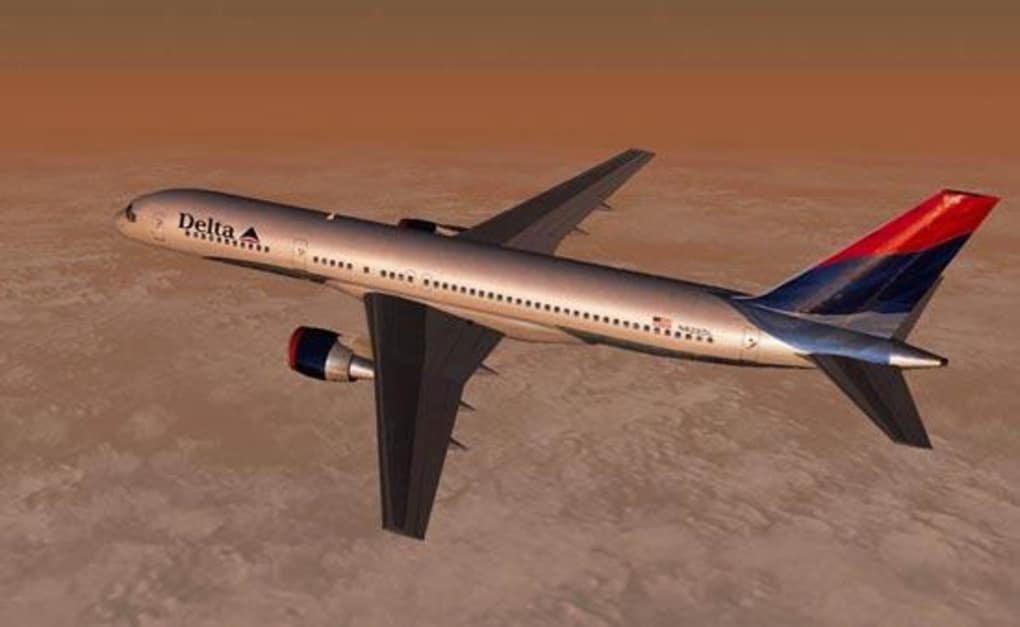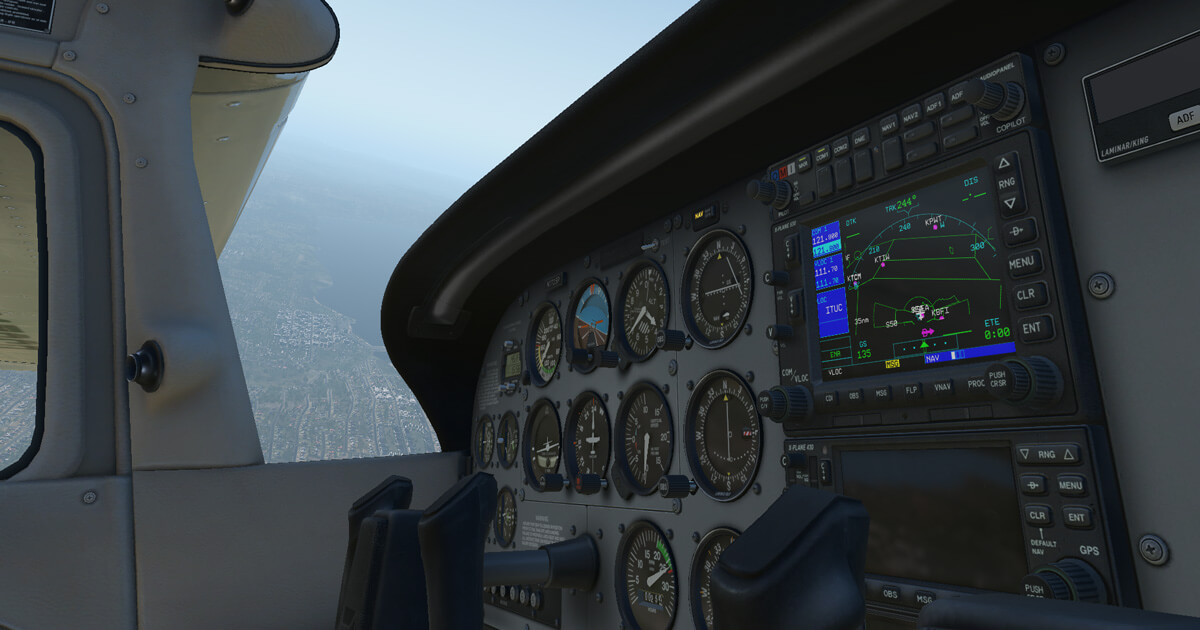- X-Plane is different to all other 'shootem' up games and flight sim packages. Your stick has to be configured in X-Plane. Connect your stick to your Mac, turn your Mac on and then bootup X-Plane. No other way at this stage. X-Plane should recognise your unit and show you a picture of that unit. From there you configure the.
- X-Plane 11 is the latest version in the flight simulator series for Windows, Mac, and Linux systems. In this simulator, there is a whole world to discover. Thanks to its open structure, all users and enthusiasts can change every single part of it and adapt it to their preferences.
- Got the iMac 2017 27” desktop, added a 3rd TB of hard drive memory, and went with the top (of 3) choice for processors. Bought 64gb of RAM on the side and af.
- Download X-Plane 11.50 for Mac from our software library for free. This Mac download was scanned by our antivirus and was rated as malware free. The most recent installer that can be downloaded is 19.8 MB in size. The application lies within Games, more precisely Simulation.
Here are the X-Plane 11 System Requirements (Minimum). CPU: Intel Core i3, i5, or i7 CPU with 2 or more cores, or AMD equivalent; CPU SPEED: Info; RAM: 8 GB; OS: Windows 7, 8, or 10, 64-bit.
Here are the X-Plane 11 System Requirements (Minimum)
- CPU: Intel Core i3, i5, or i7 CPU with 2 or more cores, or AMD equivalent
- CPU SPEED: Info
- RAM: 8 GB
- OS: Windows 7, 8, or 10, 64-bit
- VIDEO CARD: DirectX 11-capable video card from NVIDIA, AMD w/512 MB VRAM
- PIXEL SHADER: 5.0
- VERTEX SHADER: 5.0
- SOUND CARD: Default
- FREE DISK SPACE: 20 GB
- DEDICATED VIDEO RAM: 512 MB
X-Plane 11 Recommended Requirements
- CPU: Intel Core i5 6600K at 3.5 ghz or faster
- CPU SPEED: Info
- RAM: 16 GB
- OS: Windows 7, 8, or 10, 64-bit
- VIDEO CARD: DirectX 12-capable video card from NVIDIA, AMD w/4 GB VRAM
- PIXEL SHADER: 5.1
- VERTEX SHADER: 5.1
- SOUND CARD: Default
- FREE DISK SPACE: 20 GB
- DEDICATED VIDEO RAM: 4 GB
Install the updated RealSimGear USB driver
When using some of the newer RealSimGear hardware on a Mac, customers will need to install updated USB drivers. As of August, 2020, the hardware that requires this USB driver include:
- G1000 PFD/MFD units shipped after April 1, 2020
- G5 units
** Additional units will begin to make use of this new USB driver in the future.
A word on Mac security. With MacOS Catalina, Apple has tightened their grip on what types of drivers can be installed and will be supported going forward. Because of that, when installing the RealSimGear driver, you will likely be presented with a warning screen such as this:

If seen, you simply need to 'Open Security Preferences' and allow the RealSimGear Extension in the dialog.

With that caveat, the install is very straight forward:
- Download the RealSimGear USB Installer Mac from HERE.
- Find the file downloaded in Step 1 (typically your 'Downloads' folder), and double click on it.
- Follow the prompts until it finishes. NOTE: It can take a minute or so to finish the install, so if it appears to have hung, just wait a bit longer, it will eventually finish.
- You may need to disconnect and reconnect the USB cable to the RealSimGear unit
- You may need to reboot your Mac to get the driver to properly load.
X Plane 11 System Requirements For Mac
Install the RealSimGear Plugin
NOTE: For best results you should remove the old version of the plugin before installing this new version.
The button above will start a download of the Plugin in .zip format. Typically unless a user specifies otherwise, this is downloaded to the 'Downloads' folder.
- Find the downloaded RealSimGear-Mac folder downloaded above
- Double click on that file, which in most cases will extract a folder named 'RealSimGear'
- Copy the entire 'RealSimGear' folder to the X-Plane plugins folder, typically located at .X-Plane 11Resourcesplugins
Please note, the location of your X-Plane folder will be dependent on where you originally installed X-Plane, but by default, will be on your 'Desktop'.
After installation, your plugin folder should look similar to this. If only using Laminar aircraft and avionics, the CommandMapping.ini file should be in the root of the RealSimGear plugin folder as shown below:
Mac:
Linux: Insurgency crack.
NOTE: If using X-Plane for MacOS Catalina, you may need to disable Gatekeeper to allow the plugin to run (this is a large issue with Catalina). To do so, follow these steps:
- Be sure to exit System Preferences on your Mac.
- On Finder, click Go.
- Select Utilities.
- Double-click Terminal.
- Type of the following command syntax: sudo spctl --master-disable .
- Hit Return
- Authenticate with an admin password.
- Hit Return.
- Exit Terminal
You may additional settings change, please refer to the article from Apple regarding this: https://support.apple.com/en-us/HT202491

Aircraft Specific Configs

This version of the plugin now also allows for aircraft specific CommandMapping.ini files. Simply copy the CommandMapping.ini file from the RealSimGear plugin folder to the root of the specific aircraft folder, and modify as necessary. This plugin will attempt to use those files first, and then fall back to the generic version if nothing specific is found. For example using this for the HotStart TBM900 would result in a custom CommandMapping.ini file in the .X-PlaneAircraftX-AviationTBM900 folder.

X Plane 11 For Mac Review
For users of older GNS430 and GNS530 units, this plugin may no longer detect those units. If that is the case, please update the GNS430/530 firmware by following these instructions.
